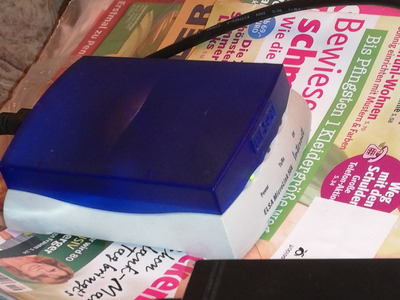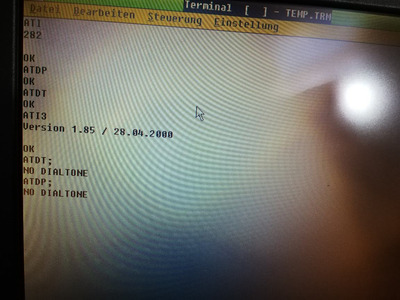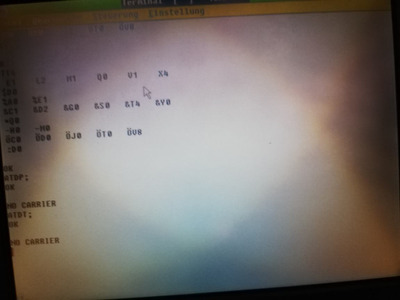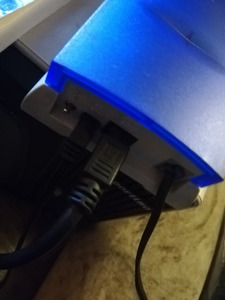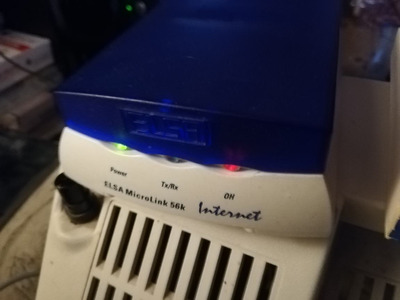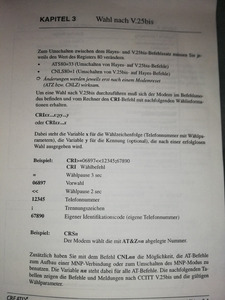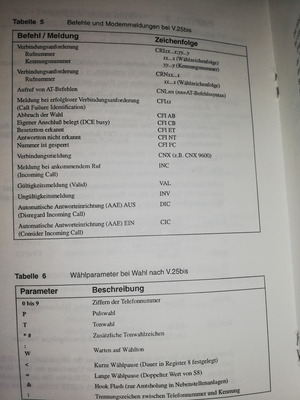appiah4 wrote on 2023-01-27, 12:47:
You can also use ATDP to DIAL PULSE. If you are old enough to remember dial phones, you know what pulse dialing is.
I agree. 🙂 Here in old Germany, pulse dial was used for a long time as a default.
Even though our telephone system supported tone dial early on.
This may seem silly, but we somehow couldn't let go of pulse dial, even though most phones were electronic since the mid-80s or so.
And despite, ISDN, the digital telephone system.
What's also funny, pulse dial and tone dial had very bureaucratic names or terms (on paper).
Pulse dial = "Impulswahlverfahren" (IWV)
Tone dial = "Mehrfrequenzwahlverfahren" (MFW).
However, normal people just said Pulswahl/Impulswahl (pulse dial) or Tonwahl (tone dial).
Tone dial was also known by its international name, DTMF.
DTMF was used to remote control answering machines and to interact with telephone computers.
We had those little hand sets with a numeric pad for a long time.
DTMF also was used by radio amateurs to control radio repeaters on VHF/UHF..
However, they had the full version with the extra keys, making it a tiny hex keyboard, essentially.
Edit: I hope you guys don't mind for me being a bit chatty.
Telecommunication in my country is/was a bit different sometimes.
We got the new TAE wall sockets in the early 90s, for example.
So we citizens could plug-in telephones all by ourselves (gasp!).. 🤯
We also had Bildschirmtext fir a while (aka BTX aka Datex-J), some sort
of German/European CompuServe/AOL (BTX was part of the Videotex family).
It even had its own special purpose modem, the DBT-03. It used V.23 standard (1200/75 Baud).
Anyway, it's nothing extraordinary or something. I don'tmean to brag.
It's.. Just weird sometimes. It's like an alternate reality to people like me, sometimes. 🤷♂️
Our European neighbors had similar national online services, also.
The French had Minitel/Teletel, the English had Prestel,
Austria also had Btx (to affordable pricing) but got that weird MUPID computer, Swiss called it Videotex..
Then there was Datex-P, an ancient X.25 service.
It was available in other countries under different names, too, provided by national telephone companies.
"Time, it seems, doesn't flow. For some it's fast, for some it's slow.
In what to one race is no time at all, another race can rise and fall..." - The Minstrel
//My video channel//
